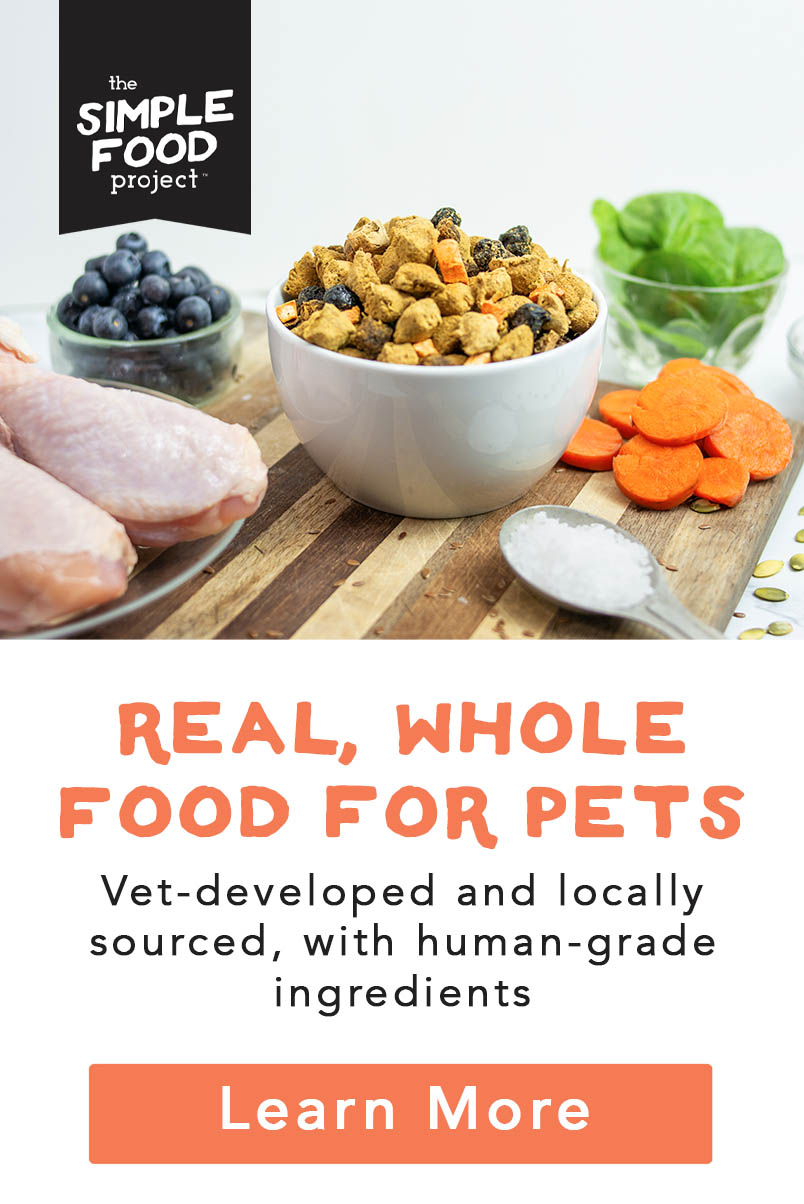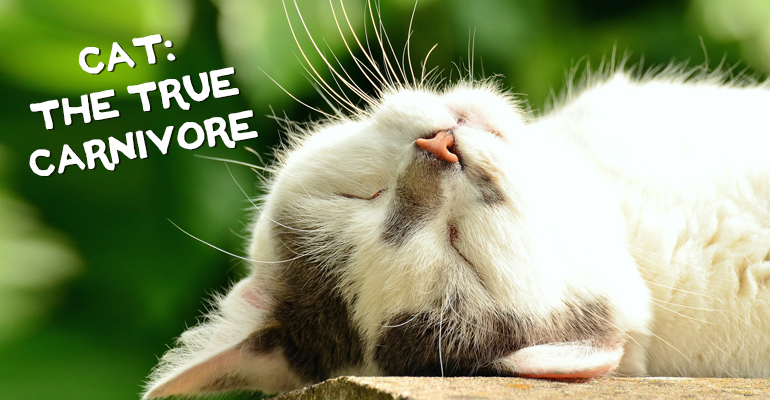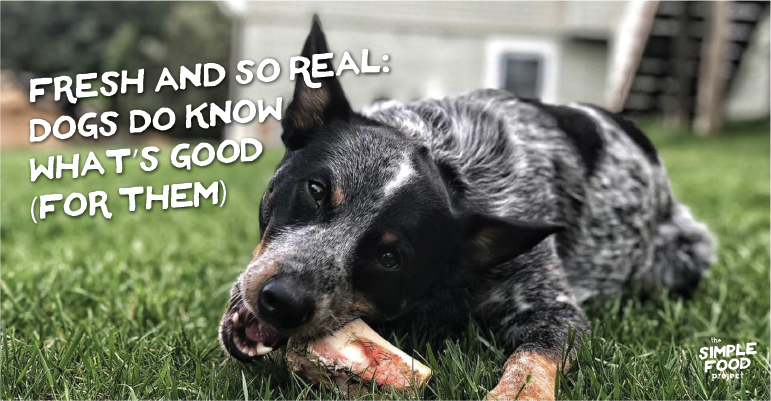What Others Aren’t Telling You About “Low Carb” Dog Food
- Published:
- at
You, my two-legged friend, are doing everything right for your four-legger. Searching for a low-carb diet, muah, beautiful, you are on the right path.
The problem is there’s a lot of marketing jargon out there– crafted messaging that’s going to say–
- Buy this recipe– it’s the lowest in carbs.
- Meat is the first ingredient!
- No grains or fillers!

But that, up there? That does little to tell you anything other than buy x, y, or z food. We want to cut through all of the fluff and marketing spin and tell you what no one else will. That’s why we’re pulling back the curtain and letting you in on exactly what needs to be in your dog’s bowl based on a veterinarian’s 30+ years of experience feeding real, whole DIY raw balanced diets.
On the Agenda
Cutting Through Marketing Jargon & Claims
“No corn, soy, or wheat, gluten, grains, fillers” are all words pet parents long for! But what is it saying about the ingredients that are in the bag? To cut through these shiny terms, you’ll actually want to disregard the majority of the packaging, starting with these claims.
The Term “Low Carb” Doesn’t Tell You Anything
The current regulatory standards regarding a statement like “low carb” make buying food all the more confusing since the statement is only used in comparison to another recipe or brand. And what’s worse is that marketers are defining the term in an effort to differentiate their brand, not veterinarians. With such ambiguity around its definition, you can’t let this term influence your buying decisions.
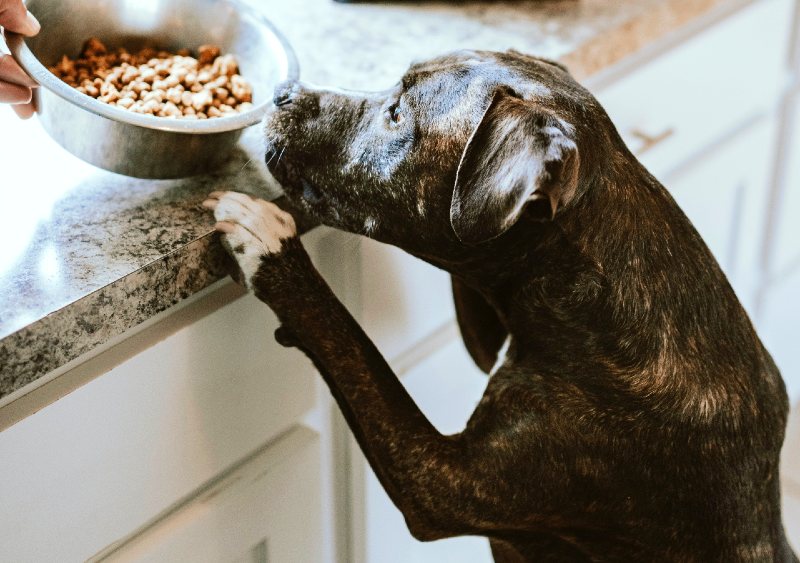
Take these snippets from a post that’s supposed to be a guide to the best low-carb options on the market.
“____is a high-quality dry dog food. Its nutrient profile is significantly above average…and a significantly low proportion of carbohydrates.” compared to what, exactly? A dog food with 50 or 60% carbohydrates?
What they can use are comparative claims, such as “25% less than” another product.
“This formula is the highest-protein, lowest carb multigrain formula for dogs of All Life Stages from X company.”
They are saying lowest-carb in comparison to the other recipes their brand offers, not that it is low-carb.
Per AAFCO, the GA or the Guaranteed Analysis can not list carbohydrates– so any brand leveraging the term really could contain any amount of carbs. Frankly, the term “low carb” is no more than an opinion, and to get to the facts, you need to ask the hard questions.
“Grain-Free” Does Not Equal Low Carb
Grain-free claims shouldn’t automatically be considered healthier. Recipes can simply replace high-carb grains (corn, wheat, rice) with other high-carb ingredients like starches (chickpeas, potato, legumes like soy, peas, and lentils).
The come-to-dog moment here is that you can’t simply swap ingredients like feeding 80% peas instead of 80% grains.
NEITHER ARE SPECIES APPROPRIATE for your carnivore.
That’s why the “grain-free” label isn’t always synonymous with high-quality pet food and why you shouldn’t let it dictate what you’re buying.
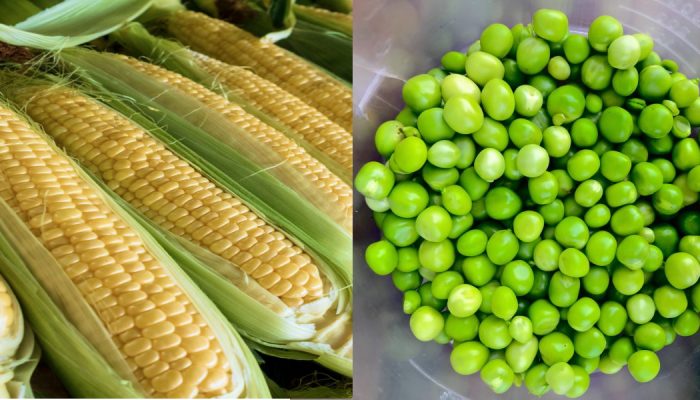
“#1 Ingredient is Meat” Claims Don’t Guarantee Less Carbs Either
The only steadfast rule, per AAFCO, is that the 1st ingredient listed on an ingredient label has to be the largest part of the recipe.
That means the first ingredient could make up 70% of the recipe or as little as 10%, with the 2nd ingredient making up 9.9999% of the recipe, the 3rd ingredient 9.9998% of the recipe, and so on. If that’s the case, then suddenly, the first 10 ingredients are now just as important to consider.
Carbohydrate content in the average kibble or dry dog food can range drastically– anywhere from 30% – 70% carbs in a recipe, and you won’t know which it is because neither the ingredient label nor the GA is telling, So, you have to roll up your sleeves and bring out the calculator.
The Only Way To Determine If It’s Low Carb Is To Calculate Carbs
With general claims, it leaves the pet parent to do a lot of the heavy lifting, unfortunately. You should have every fact and figure to make the most informed decisions, so here’s the information you need to arm yourself with in your search.
How to calculate carb content
Start by finding the guaranteed analysis.
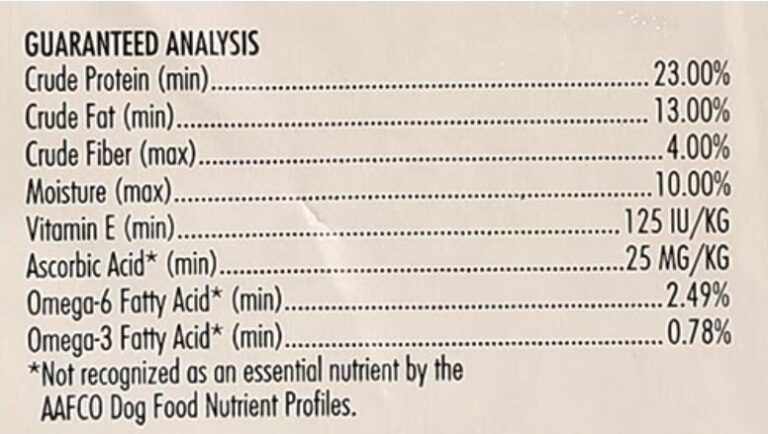
Dry Matter Basis– use this for kibble, freeze-dried, dehydrated recipes
100% – % protein – % fat – % moisture – % ash (if not listed, use 6 percent) = % carbs
*Fiber is roughage that doesn’t break down into sugar, so it’s not included.*
100% -23% -13% -10% – 6% = 48% carbohydrates (yeesh)
Wet Matter Basis– use this for canned and commercial raw food recipes.
100% – % protein – % fat – % moisture – % ash (if not listed, use 6 percent)= % of carbs on a wet matter basis.
100% – 10% protein – 5% fat – 78% moisture -3.3 % ash = 3.7% on wet matter basis

To convert to DM basis– take the % of moisture and subtract that from 100%. (Then, convert this percentage to a decimal, divide by 100.)
100% -78% moisture= 22/100 = .22 OR 22%
Take the % of carbs on a wet matter basis and divide by the decimal and you’ve got the carbohydrates on a DM basis.
3.7% wet matter/ 22%= 16.8% carbs on DM basis
You can use these calculations to find the carbohydrates in cat and dog foods, so keep these handy.

Is there a % that’s considered “low carbohydrate”?
You’re looking for a low-carbohydrate dog food that’s no more than 25% carbohydrates or so (but the less, the better).
Frankly, kibble doesn’t meet this criterion.
It’s Not Just About Carb %– Some Carbs Are Better Than Others
Pet foods championing for low-carb food options is really fluffin’ fantastic news– truly. Because despite life-threatening diseases being positively linked with overweight dogs and cats, pet obesity is still rising and reaching epidemic proportions.
U.S. statistics from 2018 showed that more than half – 53.9% of dogs and 58.9% of cats – are not just overweight; they are obese. More than half.

In the U.S., severe obesity among humans has effectively doubled in the past two decades, and our pets are right there with us.
So, YES, low-carb is an ABSOLUTE must that’s not up for debate– what is, is whether being low-carb is the best and only metric to consider when looking for dog food. Is it the only one that gauges whether a food is providing what your dog needs to thrive?
Frankly, it’s a bit reductive just to say pick this low-carb food. Instead, you need to ask where those carbs come from in the recipe– what foods are picked and why.
Simple vs Complex Carbs
Fruits and vegetables, along with grains, starches, and legumes, all have varying amounts of carbohydrates.
Foods that fall in the simple carbs category provide minimal nutrition to dogs. Complex carbohydrates, on the other hand, include fruits and vegetables that provide some of the most crucial nutrients. The complex carb category may contain starches (like sweet potatoes), but complex carbs also contain those sought-after nutrients.
Vitamins
Minerals
Phytonutrients
Some of the most beneficial nutrition comes from plants in the modern dog’s diet, it’s simply about picking with a purpose.
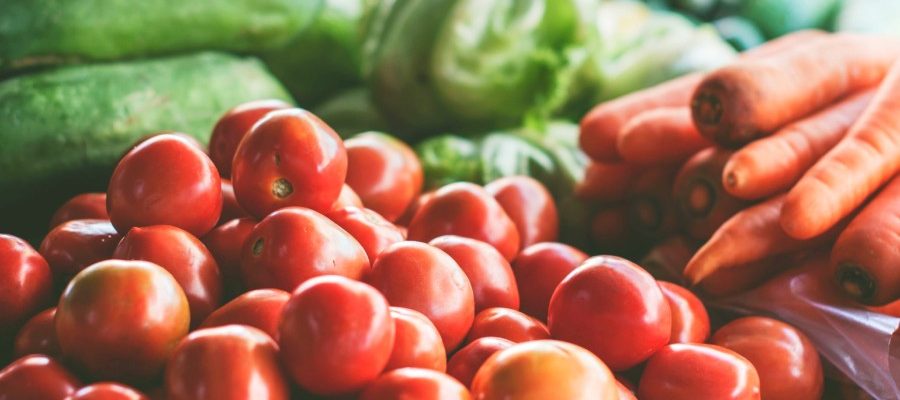
Opt for superfoods that offer diversity in your carnivore’s diet, so you provide key nutrients that a dog’s diet cannot get from meat alone.
Note: We want to be very clear here. We are not saying that a dog can survive on plants alone. A quality diet is filled with real, whole, quality meats (NOT meat meals) and then lesser amounts of produce. That’s why you need to be judicious and pick plants with purpose.
Glycemic Index
Certain foods like fruits and veggies — especially brightly colored ones– contain carbohydrates, but they are digested slower and promote stable blood sugar levels, which is why they have a low GI value.
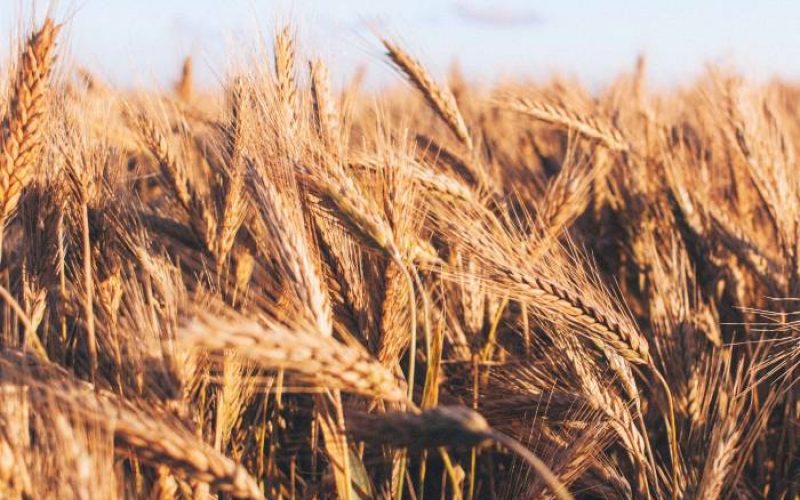
Corn, wheat, rice, potatoes, and other starchy carbohydrates are deemed high GI because they cause spikes in blood sugar– put in the simplest terms, this is the link to obesity and diabetes.
Knowing that high-glycemic carbs (like wheat or corn) do a whole lot more damage than a low-glycemic carb (like spinach), we just need to choose the right plants– low-glycemic fruits, vegetables, and seeds in proper proportions for the carnivore (remember 25% or fewer carbohydrates).
Opt for low-glycemic superfoods but by no means shy away from medium glycemic superfoods. Remember, if they are fed in species-appropriate proportions, you’re using them for all of those unmatched nutrients!
Carbs Aren’t The Only Thing to Consider When Picking A Food
The % of carbs is just one (small) portion of a carnivore’s diet but again a CRUCIAL part. Whatever carbs are in a recipe should actually serve a purpose– to fill in the gaps of a diet where meat can’t.
It’s a lot to digest, but all you really need to focus on is feeding your scavenger carnivore a biologically appropriate diet.
15% – 25% nutrient-dense, low-glycemic fruits, vegetables, and seeds
70-80% meat-based proteins
Follow that, skip the marketing jargon and flowery prose, and don’t be afraid to get on the phone and ask.
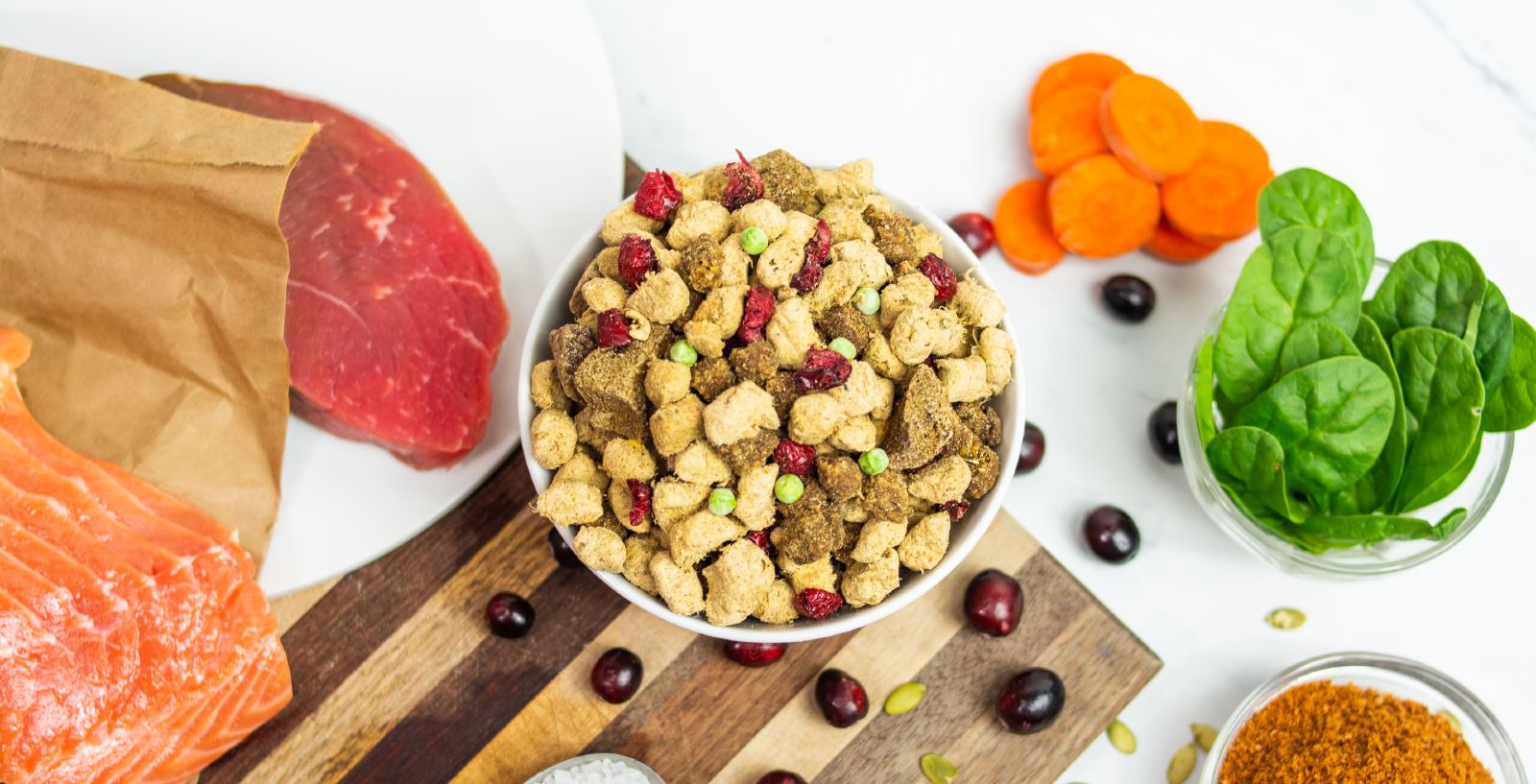
If you want a low-carb food for dogs right here and now, the Simple Food Project offers recipes that check all the boxes you’re looking for because Dr. Bessent wanted to provide her clients with a better option. These recipes are freeze-dried and dehydrated and made with only 16 real, raw whole food ingredients and fit for the carnivore– high in protein (70-80% per recipe- all USDA inspected) and low in carbohydrates (15-23% from fresh fruits, veggies, and seeds).
Whatever you do, you’ve got these tools to sidestep the dodgy carb-o-loaded dog foods, so don’t hesitate to use them!
Share this Post

Dr. Chris Bessent
Chris Bessent, DVM, MSOM, Dipl. OM, L.Ac. has over thirty years of experience in veterinary medicine including certificates in veterinary acupuncture, veterinary chiropractic and veterinary Chinese herbology. Imbued with Eastern philosophy and the knowledge that food is the foundation of health, Dr. Bessent also received her degree in veterinary nutrition and began to formulate recipes fit for a carnivore from nothing but whole foods. Currently, she divides her time between the Simple Food Project and Herbsmith, both of which are owned and operated out of her facilities in southeastern Wisconsin.

Kayla
Kayla is the Content Writer for The Simple Food Project. She has a cat named Professor Cat-Faced Meowmers, who goes by Kitty, and a goof of a dog, named Duck. She stays busy biking trails, playing board games, and searching for the next best craft beer.

